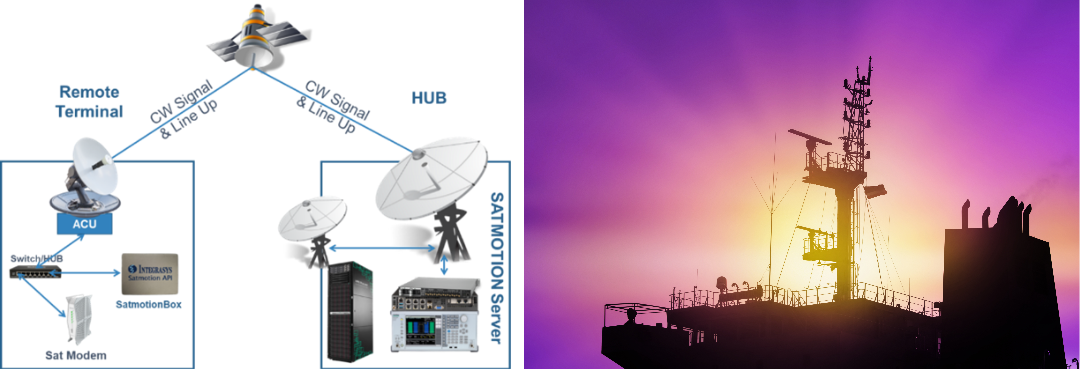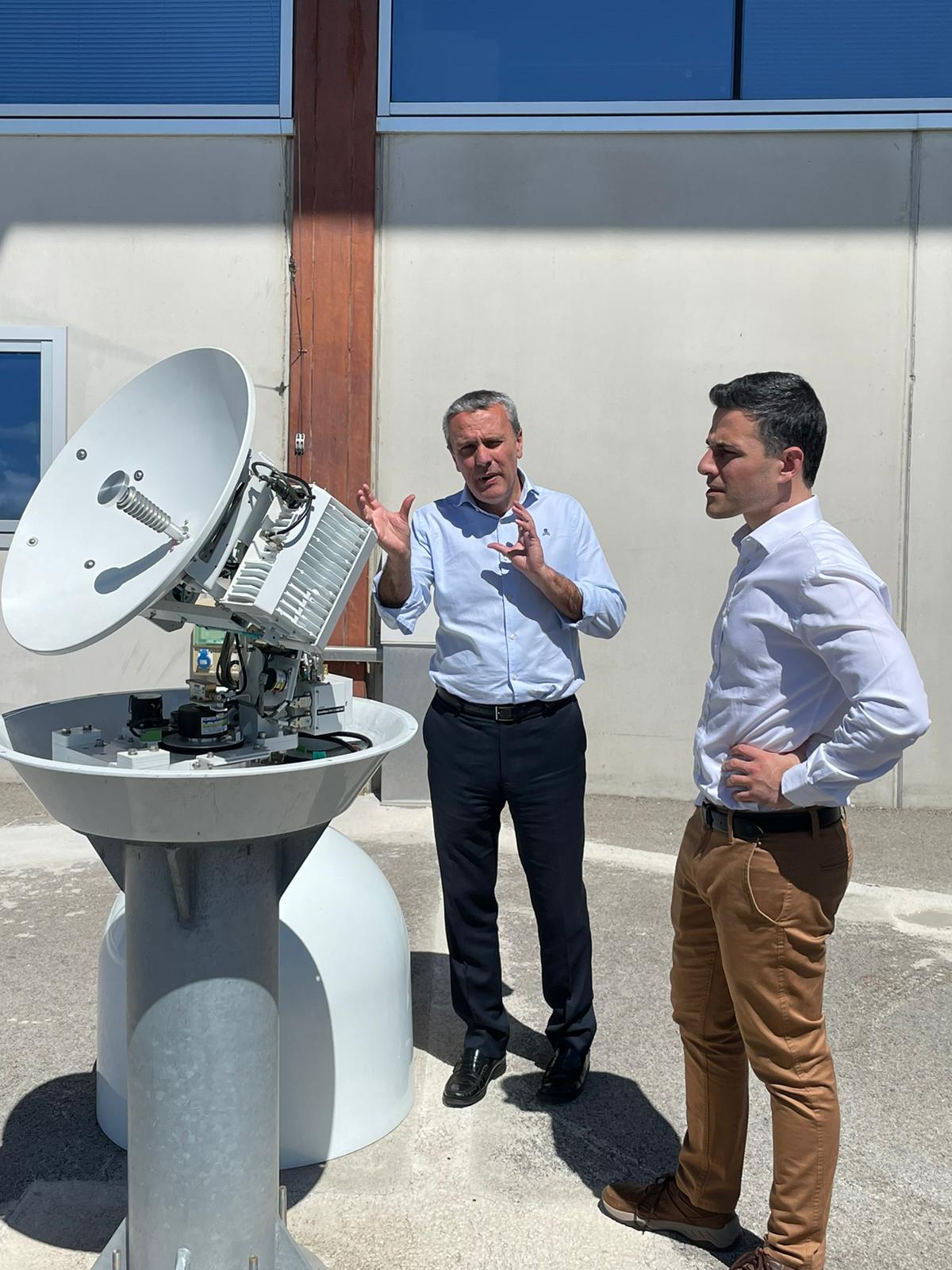Automated management of satcom terminals gives MOBISAT the edge
A competitive ‘no touch’ satcom service solution is now simplifying the deployment of satellite communication networks in isolated areas. ‘MOBISAT’ has been developed under the ARTES Core Competitiveness programme by Spanish company Integrasys, who specialise in engineering solutions for satellite systems.

The idea for MOBISAT arose from the need of satellite operators to develop and validate a solution for fully automating the commissioning of services for mobile terminals – such as on ships or in first-response vehicles. Integrasys’ proposed solution would reduce the need for human intervention while assuring optimal radiofrequency (RF) performance (required by the Network Operations Centre) and interference minimisation.
The ambition was also for MOBISAT to have the capacity to enable the satellite operator to perform unmanned maintenance activities in remote antennas, removing the need for installers to revisit the site. This would be a novel feature for isolated sites such as in rural areas, the jungle and desert, for the maritime industry or in high conflict zones.

Zero interaction
“MOBISAT’s key characteristic is ‘zero interaction’” says ESA Technical Officer, Javier de Pablos. “The project with ARTES represents a big step towards fully automating the commissioning and maintenance of satcom on-the-move antennas.”
“It’s a highly innovative solution, particularly given that the previous lack of automation has been one of the biggest factors hindering the Network Operations Centre efficiency – as well as the vast number of in-the-field engineers required for new installations and maintenance activities,” he adds.
Progress on the project, however, was not without challenges. In order not to cause interference in other frequencies (in cross-polarisation or in other satellites), it was necessary to ensure the optimal pointing of the antennas. “This was a complex process,” says Javier, “especially when combined with configuring the transmission power to ensure optimal energy usage, without any involvement from the Network Operations Centre.”
As RF optimisation is perceived as increasingly important for satellite networks, where more satellites will be sharing the spectrum, it was even more critical for the project team to achieve this trade-off. In the past, interference has often been responsible for causing significant service failures and penalties – increasing the bandwidth price and decreasing the satellite operator turnover. MOBISAT’s unique system minimises cross-polarisation and adjacent satellite interference by automatically assessing and configuring the terminal parameters, ensuring optimal transmission and alignment.
“This solution will significantly improve the deployment and maintenance of satcom networks, leading to increased cost-effectiveness and reduced human error for satellite operators,” says Javier.
Jose Sanchez, of Integrasys says: “MOBISAT represents the first automated commissioning solution for mechanical antennas on mobility scenarios, bringing key benefits to the satcom industry. This includes faster installation, saving the service provider time and resources during deployment – and multiple simultaneous installations across dispersed sites are now possible.”
‘’We greatly appreciate ESA’s support as a European company that innovates in Europe for Europe, especially now with the EU commitment to Satcom. MOBISAT will be an enabler of emerging multi-orbital constellations, greatly improving the user experience for link activation and maintenance,” says Alvaro Sanchez, CEO, Intergrasys.
MOBISAT also scores socio-economic points – reducing the cost and easing the deployment in the isolated areas of underdeveloped and developing nations.
The next move is to commercialise the product towards the end of 2023/early 2024. And Integrasys’ plans post-project? “We are now looking at electronically steerable antennas and NGSO (non-geostationary orbit) constellations which could be an excellent target market for MOBISAT,” says Jose.


